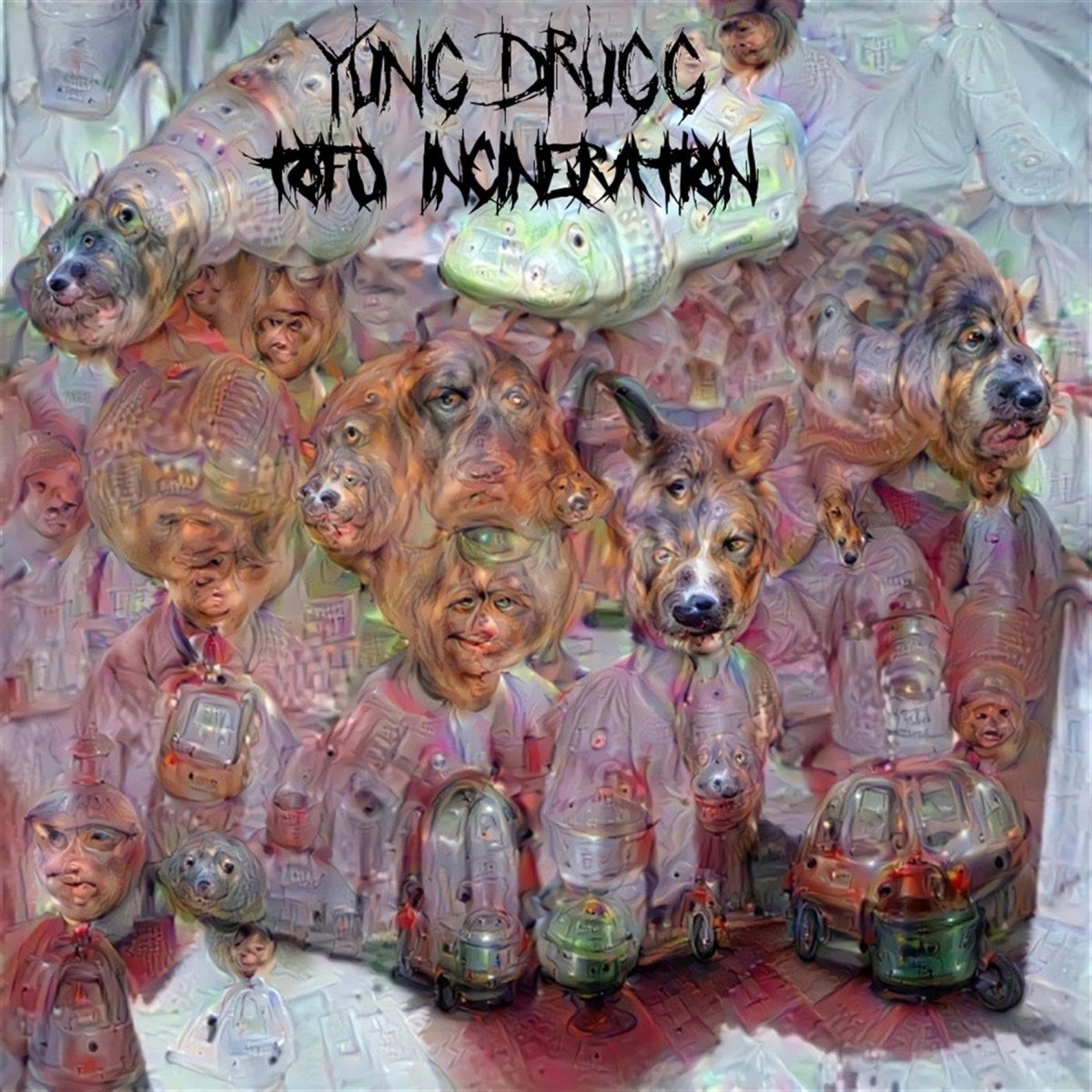The story of Hisashi Ouchi stands as a profound reminder of the dangers inherent in the nuclear industry and the devastating impact of human error. In 1999, at the Tokaimura nuclear facility in Japan, Hisashi Ouchi suffered one of the most catastrophic radiation exposures in history. His life was irrevocably altered, not only by the physical toll of the accident but also by the ethical dilemmas surrounding his medical treatment. This article explores Hisashi Ouchi's life, the significance of his experience, and the enduring curiosity about his personal history, including the infamous photographs of his hospital bed.
Hisashi Ouchi's case is not merely a technical narrative but a deeply emotional journey that raises critical questions about the human spirit, resilience, and the ethical boundaries of medical care. The images associated with his hospitalization, particularly those capturing his final days, have become symbolic representations of tragedy and the enduring quest for understanding in the aftermath of disaster. This exploration delves into Hisashi Ouchi's life, analyzing the layers of his experience and the importance of the photographs that continue to resonate globally.
This article aims to provide a comprehensive overview of Hisashi Ouchi's biography while addressing the complexities of his story. By examining his life, we uncover why the photographs of his hospital bed have gained such significance and what they reveal about the man behind the tragedy. Join us as we explore Hisashi Ouchi's legacy and the lessons it offers for the future.
Read also:Discover The Inspiring Journey Of Mayriacuten Villanueva
Who Was Hisashi Ouchi?
Hisashi Ouchi was born on March 13, 1965, in Japan, where he embarked on a career in the nuclear industry, driven by a belief in its potential for innovation and progress. His aspirations were tragically cut short on September 30, 1999, when a criticality accident occurred at the Tokaimura nuclear facility. This event not only transformed Hisashi Ouchi's life but also prompted a reevaluation of safety protocols within Japan's nuclear industry.
What Led to the Tokaimura Nuclear Accident?
The Tokaimura nuclear accident was the result of a series of grave human errors compounded by inadequate safety measures. Workers improperly mixed uranium fuel, inadvertently triggering a chain reaction that released lethal doses of radiation. Hisashi Ouchi, along with two colleagues, was severely exposed to radiation, leading to life-threatening conditions. This incident underscored the critical importance of stringent safety standards in nuclear facilities.
How Did Hisashi Ouchi's Condition Evolve Over Time?
In the immediate aftermath of the accident, Hisashi Ouchi was rushed to the hospital, where he received extensive medical treatment. Despite the valiant efforts of medical professionals, his condition rapidly deteriorated. Suffering from severe radiation sickness, Ouchi experienced symptoms such as extensive skin burns, organ failure, and a severely compromised immune system. The images of his hospital bed, often referred to as the "hisashi ouchi real photos bed," have become emblematic of his harrowing battle against the odds.
Key Details About Hisashi Ouchi's Life
| Attribute | Details |
|---|---|
| Name | Hisashi Ouchi |
| Date of Birth | March 13, 1965 |
| Occupation | Nuclear Plant Worker |
| Incident | Tokaimura Nuclear Accident (1999) |
| Date of Death | December 21, 1999 |
Why Are the Photographs of Hisashi Ouchi So Significant?
The photographs of Hisashi Ouchi, particularly those capturing his final days in the hospital, serve as a poignant reminder of the human cost of nuclear accidents. These images evoke deep empathy and underscore the urgent need for improved safety measures in the nuclear industry. They also highlight the ethical challenges faced by medical professionals in treating individuals exposed to severe radiation, raising questions about the limits of medical intervention and the dignity of care in end-of-life situations.
What Questions Arise from Hisashi Ouchi's Tragic Experience?
Hisashi Ouchi's ordeal raises several critical questions that continue to resonate in discussions about nuclear safety and ethical responsibility:
- What obligations do nuclear facilities have to ensure the safety of their employees?
- How should medical professionals approach the treatment of individuals exposed to life-threatening levels of radiation?
- What lessons can be drawn from the Tokaimura accident to prevent similar tragedies in the future?
- How can society balance the benefits of technological advancement with the inherent risks it poses to human life?
How Did Hisashi Ouchi's Legacy Shape Nuclear Safety Regulations?
The aftermath of the Tokaimura accident catalyzed significant reforms in Japan's nuclear safety regulations. Hisashi Ouchi's tragic fate served as a powerful impetus for change, prompting the government to reassess safety protocols and implement stricter measures to protect workers in the nuclear industry. His legacy continues to influence ongoing discussions about nuclear safety and the ethical responsibilities of those who manage such high-risk technologies.
Read also:Exploring The Life And Love Of Miranda Hart A Journey Through Comedy And Romance
What Can We Learn from Hisashi Ouchi's Experience?
Hisashi Ouchi's story is a cautionary tale that highlights the dangers of nuclear energy and the paramount importance of prioritizing safety. It underscores the necessity for transparency, accountability, and ethical considerations in industries that pose significant risks to human life. Furthermore, Hisashi Ouchi's experience exemplifies the resilience of the human spirit in the face of overwhelming adversity, inspiring reflection on how society can better protect and support individuals in high-risk environments.
Conclusion: Honoring Hisashi Ouchi and His Enduring Legacy
Hisashi Ouchi's life and the circumstances surrounding the Tokaimura nuclear accident continue to resonate deeply with people worldwide. The photographs of his hospital bed, often referenced as the "hisashi ouchi real photos bed," serve as a stark reminder of the dangers associated with nuclear energy and the profound human cost of industrial accidents. As we reflect on Hisashi Ouchi's story, it is imperative that we remain vigilant in ensuring that safety remains a top priority in all high-risk industries. Let us honor his memory by learning from his experience and striving for a future where such tragedies are preventable.


